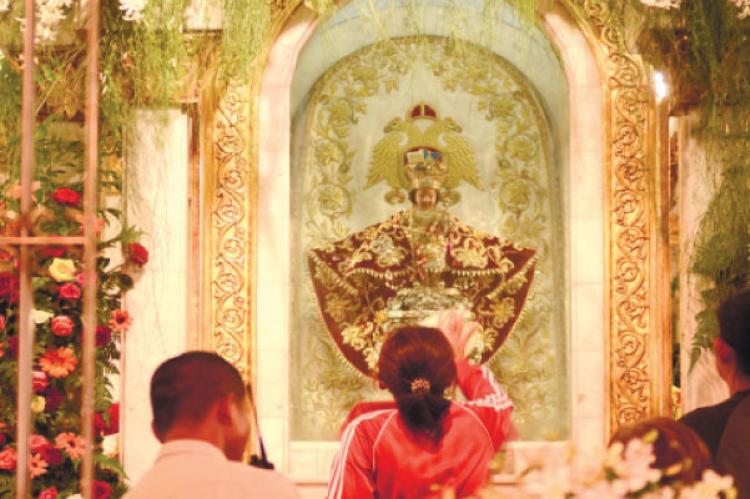Cebu’s historical Basilica Minore del Santo Niño could be the oldest Catholic Church in Cebu. Located in the middle of downtown Cebu, the Basilica is often a house of prayer and pilgrimage to thousands and thousands of individuals each year. It houses the look with the Santo Niño, a representation of Jesus being a black Holy Child.
The Church is created for the exact spot where Spanish explorers in 1565 found the Holy Child sculpture. A burned wooden box left behind during the 1521 Magellan expedition preserved the Holy Child carving. The Spaniards, who discovered the image, named it miraculous correctly survived the fireplace that destroyed the structure that housed it. The fire had totally blackened it generating it hardly recognizable.
Augustinian priest Fr. Andres de Urdaneta founded Santo Niño convent on April 28, 1965, exactly the same day the Legazpi-Urdaneta expedition found its way to the shores of Cebu.
There were three churches built prior to present one. In 1566, Fr. Diego de Herrera built the 1st church using wood and nipa, unfortunately, a fireplace incident destroyed it. The image in the Santo Niño had also survived the fire. In 1605, Fr. Pedro Torres began the building of a whole new church, again created from wood and nipa. However, a fire burned it down again in 1628. That same year, Fr. Juan Medina started the building of another church, using stone and bricks. But the construction stopped because the structure was defective as a result of bricks used.
In February 29, 1735, Father Provincial Bergano, Governor-General Fernando Valdes, Bishop Manuel Antonio Decio y Ocampo of Cebu and Juan de Albarran, prior of the Santo Niño, began the foundations of today’s church, utilizing hewn stone. Fr. Antonio Lopez, the residents of Talisay, and Father Francisco Aballe, together with his parishioners, extended a great deal of help. The construction finished in 1739. In 1965, Pope Paul VI elevated the church on the rank of Basilica Minore throughout the fourth centenary with the Christianization of the Philippines. Today, the Basilica remains beneath the care with the Order of St. Augustine.
The Basilica possesses an architectural style that is a combination of Muslim, Romanesque and neo-classicism. The facade in the church is still in its original stone texture and natural color which conveys a fairly easy elegance. The bell tower serves as being a counterbalance towards the convent situated with the opposite far end. Its rounded dome is of Muslim influence. The center section will be the focus of attention. The rectangular corners about the side balance the arched main entrance as well as a double-edged triangular pediment crowns the facade.
A small museum inside Basilica is another beautiful thing to understand as it seems to record a brief history of Christianity in Cebu. It displays various antique objects, century-old furniture, priestly garments along with the Santo Niño’s old cloaks donated by individuals on the centuries. There are also religious articles including statues and relics and also other components of daily life that had been donations through the devotees.
The Santo Niño image within the Basilica is widely considered to be the same one written by Portuguese explorer Ferdinand Magellan to Queen Juana in 1521, as a gift for his or her allegiance. It is reputed to be miraculous as basilica helpers attest it sometimes goes out of their glass case to adopt long walks in the evening. They point to the grass stains found at the statue’s dress as evidence. This has been dismissed as superstition, nevertheless it has strengthened the belief of devotees that the Santo Niño watches over their homeland. The Santo Niño, patron of Cebu, may be the one whom Cebuanos turn to for strength and guidance in the happy and sad times.

